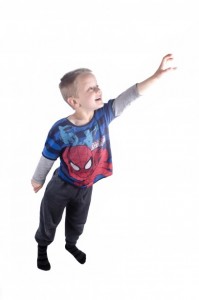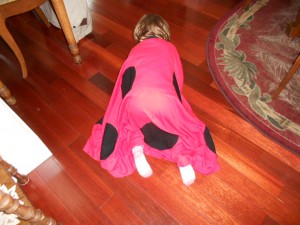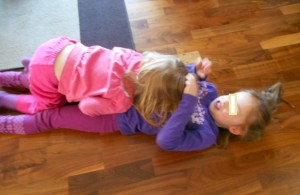Continuing with the posts on parent wishes for early programs and kids with special needs, one parent’s wish is to support children’s physical development. This post gives some suggestions on play and movement activities for all kids.
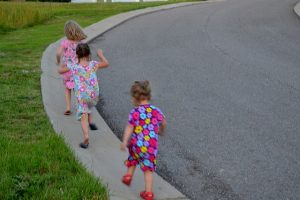
Kids are all unique with their own strengths and challenges. Some will be constantly on the move and hands touch everything like walls and fences when walking. They bump into things just for the extra sensory stimulation. When talking to a grandparent on the phone, they pace back and forth or go round in circles. Other children do not have such high mobility needs, but they still need to strengthen their muscles and learn to coordinate their bodies. Some large muscle activities might be:
- Have a space and time for kids to run, jump, hop, roll, climb, tip toe, kick, throw, and more. Containing kids’ energy in a house isn’t possible. Sometimes, a backyard isn’t big enough either. Hopefully, there are some parks and playgrounds in your area.
- Sing some action songs, like Hokey Pokey or Shake Your Sillies Out.
- Put on some dance music and enjoy it together. Do some exercises or yoga.
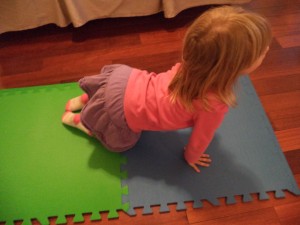
Small muscles are still developing in young children so fine motor activities can be particularly challenging.
- Play dough involves squishing, patting, rolling, pulling, smooshing, smoothing, and more.
- Puzzles, blocks, puppets, paints, and other art materials are toys that exercise the muscles in the hands and wrists.
- Playing in water, sand, dirt, and mud appeal to kids and support children’s physical development.
- When cooking, kids can stir and mix.
- Doing up buttons and zippers may take more time when kids do it than when we do, but it is important kids have the opportunity to practice.
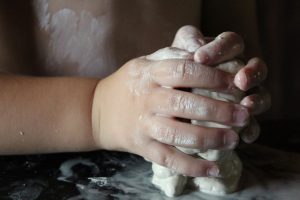
Sensory activities are a part of physical development. Messy play is more than fun, it gives children a chance to learn and discover thru their senses.
If you had wish for programs and places for young children, such as daycare, preschool, and kindergarten, would it be to support children’s physical development and play?

